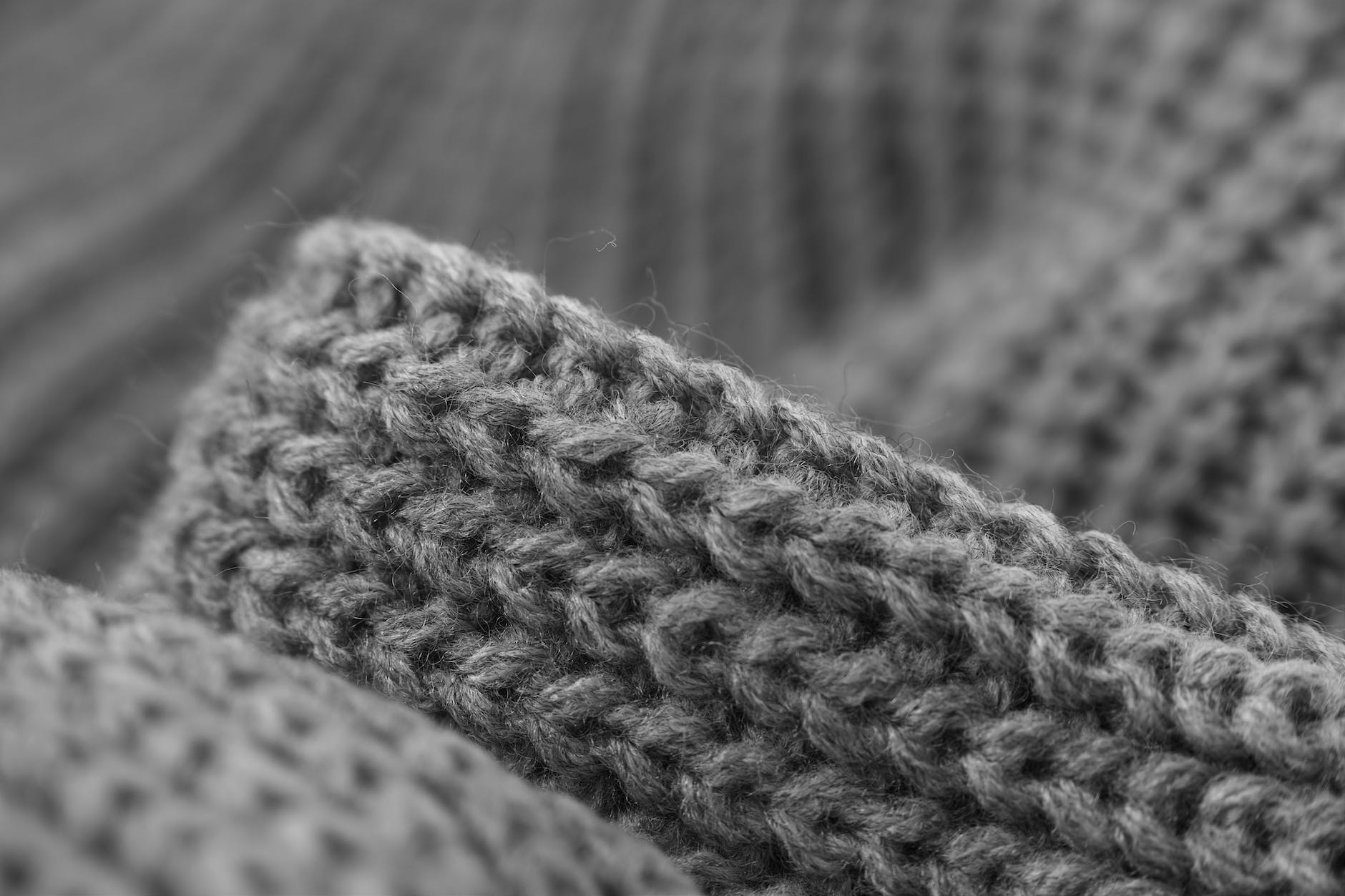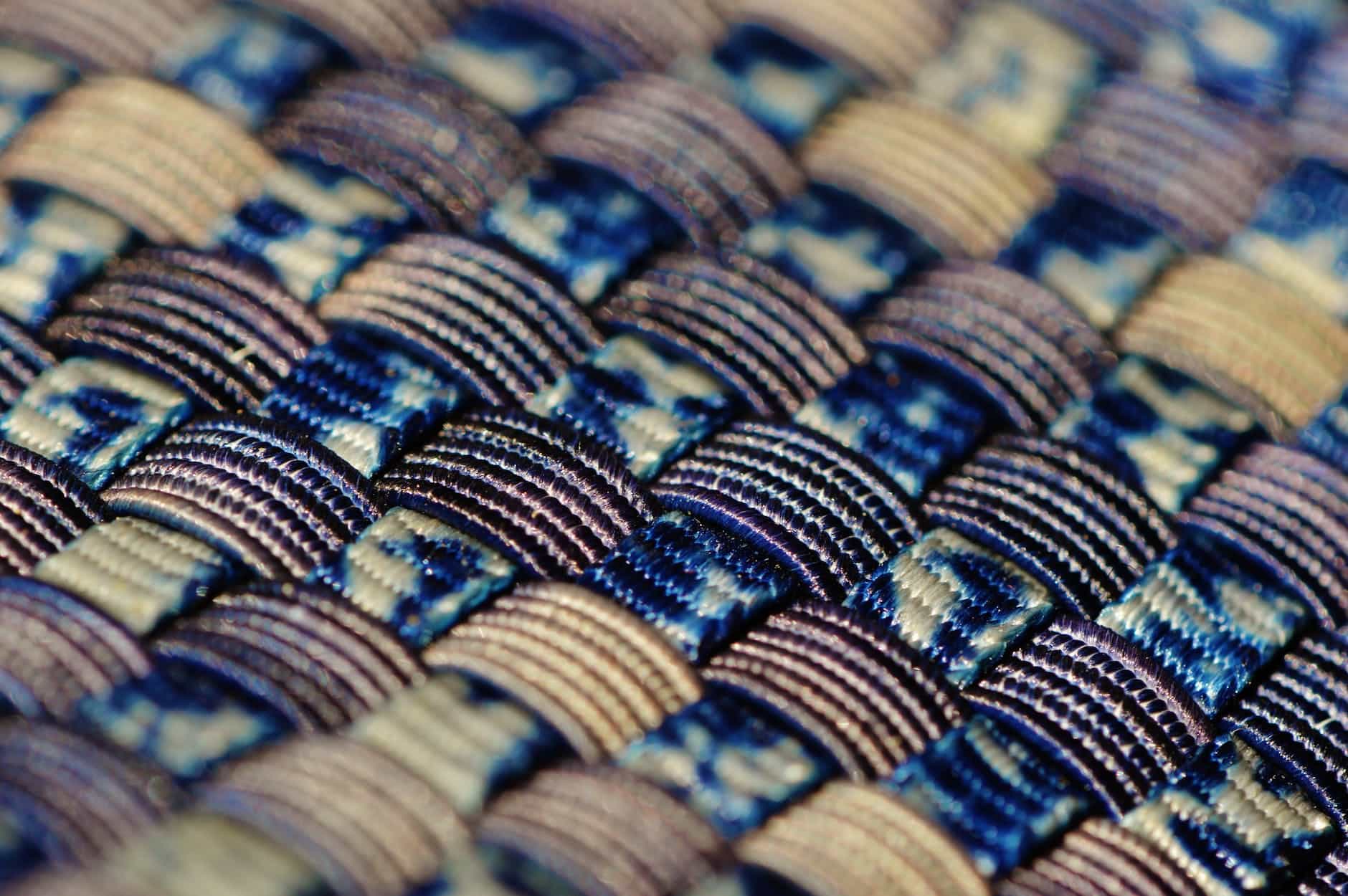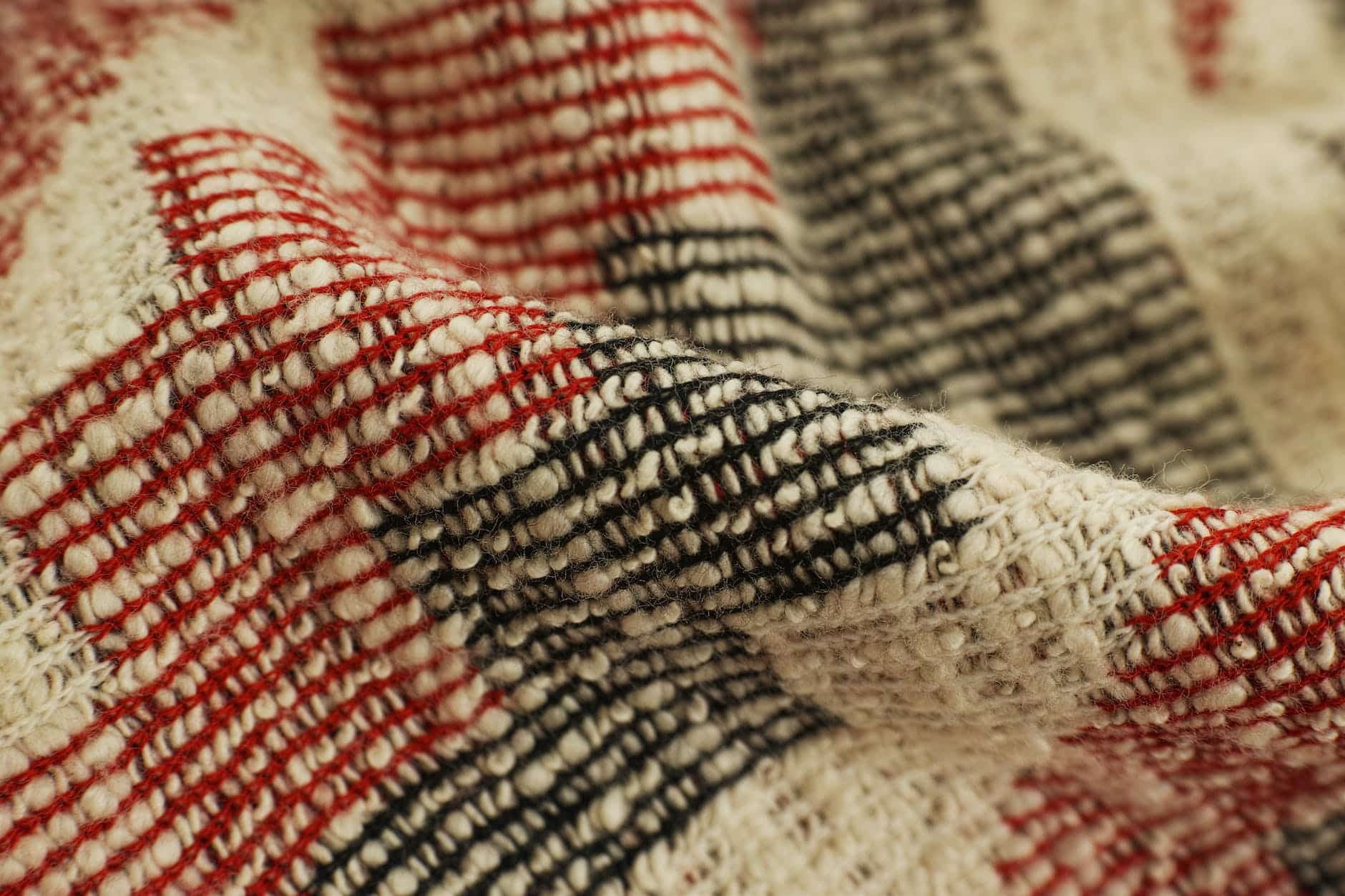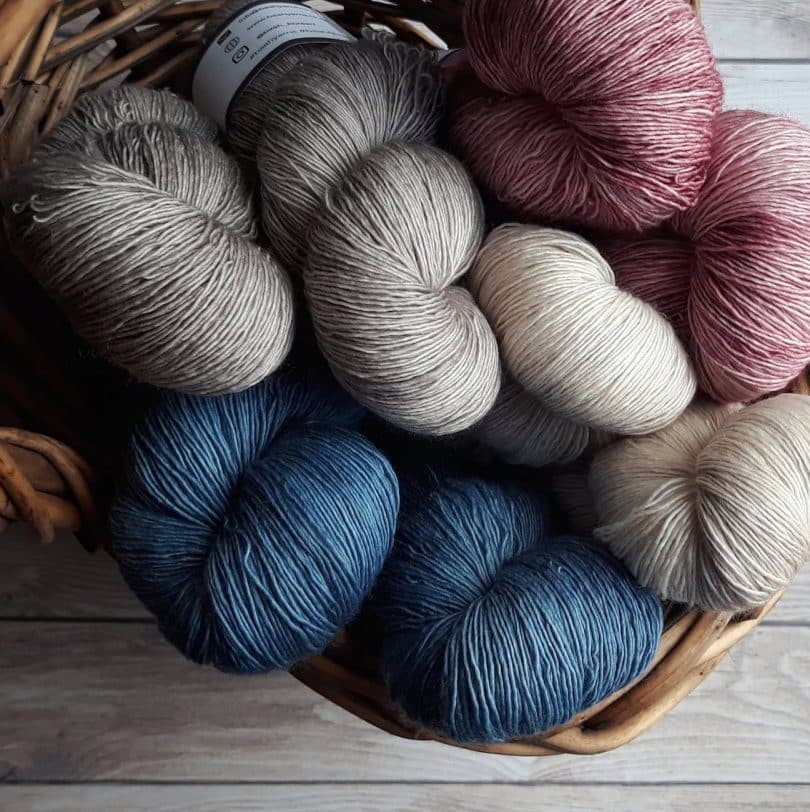Do you know what weaving is? It’s a process of creating fabric by crossing two or more threads at right angles to each other – and it’s an art form that has been around for centuries. Did you also know that weaving can be therapeutic, especially when you pay attention to its details? Creating fabrics with different textures and colors can be calming and enjoyable. If you’re interested in learning more about the art of weaving, you’re in the right place. Today, we’ll cover the basics to get started in silk weaving and some resources for further exploration. So, grab your loom and thread because this hobby will keep you hooked for hours at a stretch!

Essentials of Silk Weaving
Before you get into weaving, make sure you have all essentials required to make those vibrant craft pieces. Here’s a quick list of what you need to start weaving in ends knitting:
- A
- The warp
- A weft – if possible, get to use as the weft
- Shed
- Beater
- Shuttle
- A beginner’s
- Some focus and free time
With these items in hand, you can practice the art of silk weaving and put your to the best use!

Steps to Hone the Art of Weaving
When your silk weaving supplies are home, don’t waste time and get to work. Here’s an easy guide to making your first silk weaving project:
- The first step is to set up your loom. You will need to gather a few supplies, including: a loom, warp thread, weft thread, and a shuttle. Once you have all of your supplies, begin setting up your loom.
- Next, measure and cut your warp thread – you will need to measure the length of your loom, and then add a few extra inches. After measuring the warp thread, cut it and set it aside.
- After that, it’s time to tie the warp thread onto the loom – start at one end of the loom and tie a knot around one of the pegs. Continue tying the warp thread around each peg until you reach the other end of the loom.
- It’s now the point where you can begin weaving the threads – select a weft thread and tie it onto your shuttle. Once you have done this, start weaving the weft thread through the warp threads. To do this, pass the shuttle through the warp threads and then over, under, or around the next warp thread. Continue doing this until you reach the end of the loom.
- The last step is to cut the warp threads and tie them off. Once you have finished weaving, cut the warp threads and tie them off at each end of the loom.
Congratulations, you have now completed your first weaving project. Of course, this is the simplest form of silk weaving, and you can try other methods of tying or cutting the waft, but it’s enough to get the ball rolling. Also, if you can’t make weaving in ends knitting on a standard loom, try a beginners’ looming kit. These kits have thicker threads and help you easily follow the trail, something new silk weaving lovers will admire.

Is Silk Weaving Easy to Learn?
Silk weaving is a timeless art used for centuries to create beautiful fabrics and textiles. Many believe that weaving is intricate, but that isn’t the case. With a little patience and practice, anyone can learn to weave. The key is to start with simple projects and gradually increase the difficulty level.
There are several helpful books and online resources that can provide step-by-step instructions for beginner weavers. In addition, many experienced weavers are more than happy to share their knowledge; don’t forget to benefit from that. Once you get the hang of the basics, you can move on to more complicated projects. And there’s no need to be an expert to create something beautiful – even beginner weavers can produce stunning results. By giving silk weaving the due effort, you’ll be surprised at how quickly you can master this rewarding craft.
Benefits on Weaving
Now that we have covered the basic steps and essentials of silk weaving let’s dive into its benefits to see why you must pick up this hobby. So, here goes:
Improves Motor Skills
Weaving is not only a relaxing and therapeutic activity, but it can also help to improve your motor skills. This is especially beneficial for young children, as it can help them to develop their hand-eye coordination. For example, when weaving a basket, you must constantly adjust the placement of the reeds or other materials to create a tight, even weave. This requires concentration and precision, which can be transferred to other areas of life. In addition, the repetitive motions involved in weaving can help to fine-tune motor skills and improve hand-eye coordination.
Enhances Color Recognition Skills
One of the significant advantages of weaving is that it enhances your color recognition skills. This happens because as you select colors of thread and yarn to create your design, you constantly think about which colors will look best together. Silk weaving trains your brain to notice subtle color differences, and over time, you will become more attuned to the colors around you. In addition, weaving can improve your mental focus and concentration. As you work on a project, you must pay close attention to the individual threads to ensure they are properly interwoven. This focus can sharpen your mind and increase your attention span, something you’d like in the long run.
Keeps Kids Away from the Screen
If you need an effective substitute for sedentary screen time activities, consider weaving in ends knitting. Screen time can harm our mental and physical health, but weaving is a healthy activity that helps improve our cognitive abilities. Weaving is an engaging skill that requires concentration and focus, eventually improving our attention span. Weaving is also a good way to relieve stress and relax – the repetitive nature of the motions can help to calm and soothe the mind, making it a gratifying pastime hobby for everyone.

Can You Monetize Your Silk Weaving Skills?
Weaving is one of the oldest crafts, and while it may seem like a simple hobby, weaving can be quite lucrative. There are many ways to make money from weaving, from selling finished products to teaching classes.
One of the simplest methods to make money from weaving is selling your finished products. You can set up a booth at a local craft fair or sell online through sites like Etsy. Prices for handwoven items can vary widely, but if you focus on quality, you can easily command a premium price for your work.
Another way to make money from weaving is to teach classes. If you are passionate about teaching and sharing your skills, you can easily turn weaving into a profitable business. You can market your classes through multiple mediums, from setting up a website to advertising in local newspapers. And once you start, word-of-mouth will quickly spread, making it easy to find new students.
So, if you want to make extra money, learning to weave could be the perfect solution – with creativity and effort, you can turn your passion into a profitable business.
Rounding Up
Learning how to weave is a great way to spend your free time – it’s a relaxing activity with multiple benefits. Weaving can help to improve your hand-eye coordination and increase your concentration skills if you give it due attention. Additionally, weaving is an evergreen way to express your creativity and reduce your stress levels. So, if you want to invest your time in a beneficial activity, look no further than weaving!
If you enjoy working with your hands, you should also check out crocheting!







